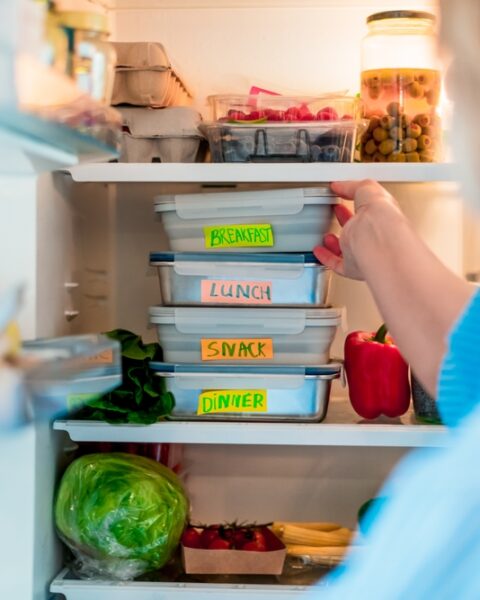There’s something incredibly satisfying about cooking with fresh herbs—especially when they’re plucked straight from your own kitchen. You don’t need a sprawling garden or a green thumb to grow a variety of delicious herbs right at home. Growing herbs in your kitchen is a simple and rewarding, allowing you to add a burst of flavor and improve your cooking. Here are some of the easiest and most flavorful herbs you can grow in your kitchen.
Contents
Basil

Basil is a versatile herb, popular in Italian cuisine, known for its aromatic leaves that add a sweet, slightly peppery flavor to dishes. It thrives in warm, sunny environments, making it perfect for kitchen windowsills. To grow basil, plant the seeds in well-drained soil, and place the pot in a spot that receives at least 6 hours of sunlight daily. Water the plant regularly but avoid overwatering, as basil does not like soggy roots. Prune the leaves regularly to encourage bushier growth. With minimal care, you’ll have fresh basil at your fingertips for all your culinary creations.
Mint
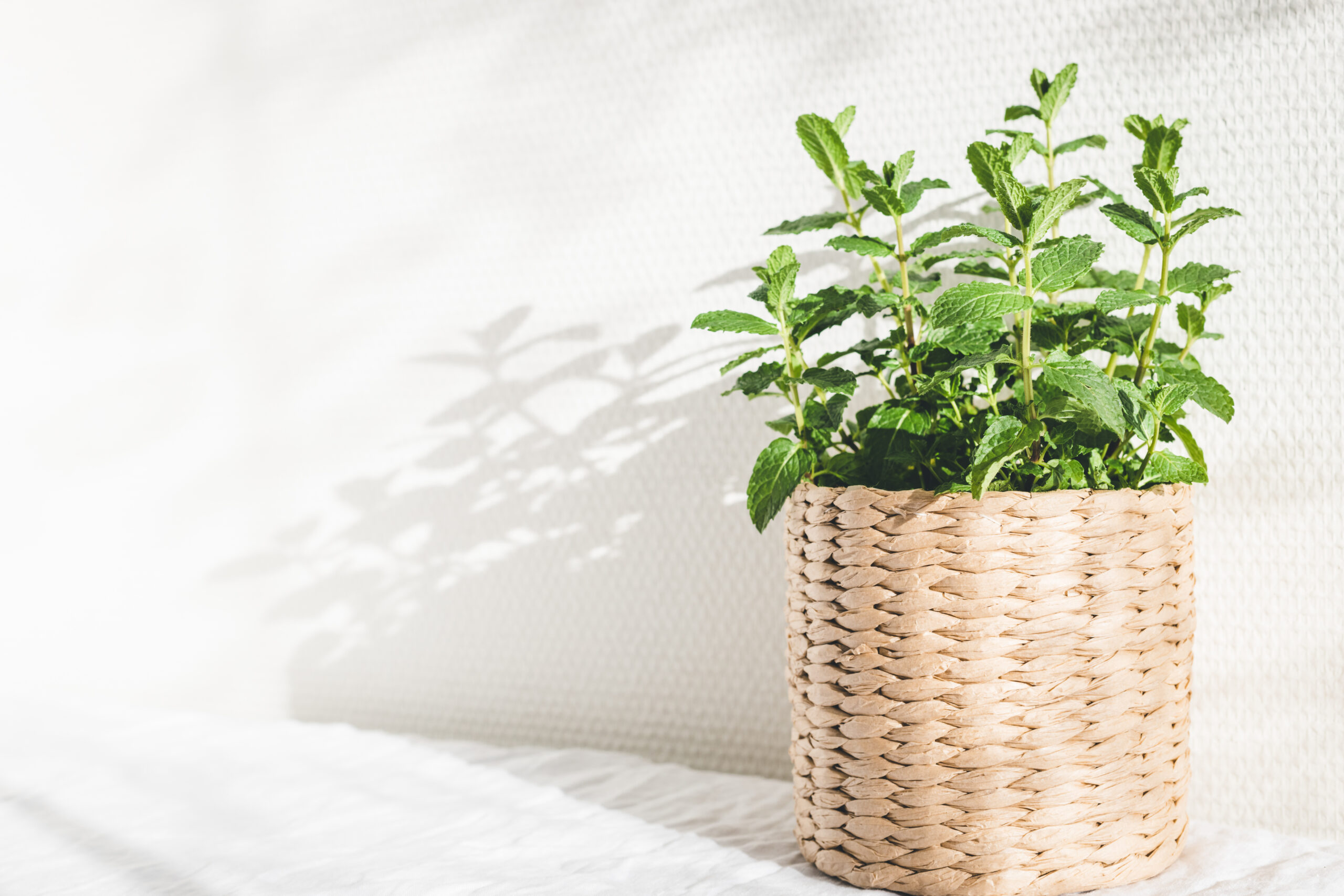
Mint is a hardy herb that can be easily grown in your kitchen, offering a refreshing aroma and taste to beverages, salads, and desserts. This fast-growing plant is known for its invasive nature, so it’s best to grow it in a separate pot to prevent it from taking over other plants. To grow mint, plant cuttings or seeds in rich, well-draining soil, and place the pot in a location with partial to full sunlight. Keep the soil moist, as mint prefers consistently damp conditions. Harvest the leaves regularly to keep the plant healthy and ensure a continuous supply of fresh mint.
Parsley
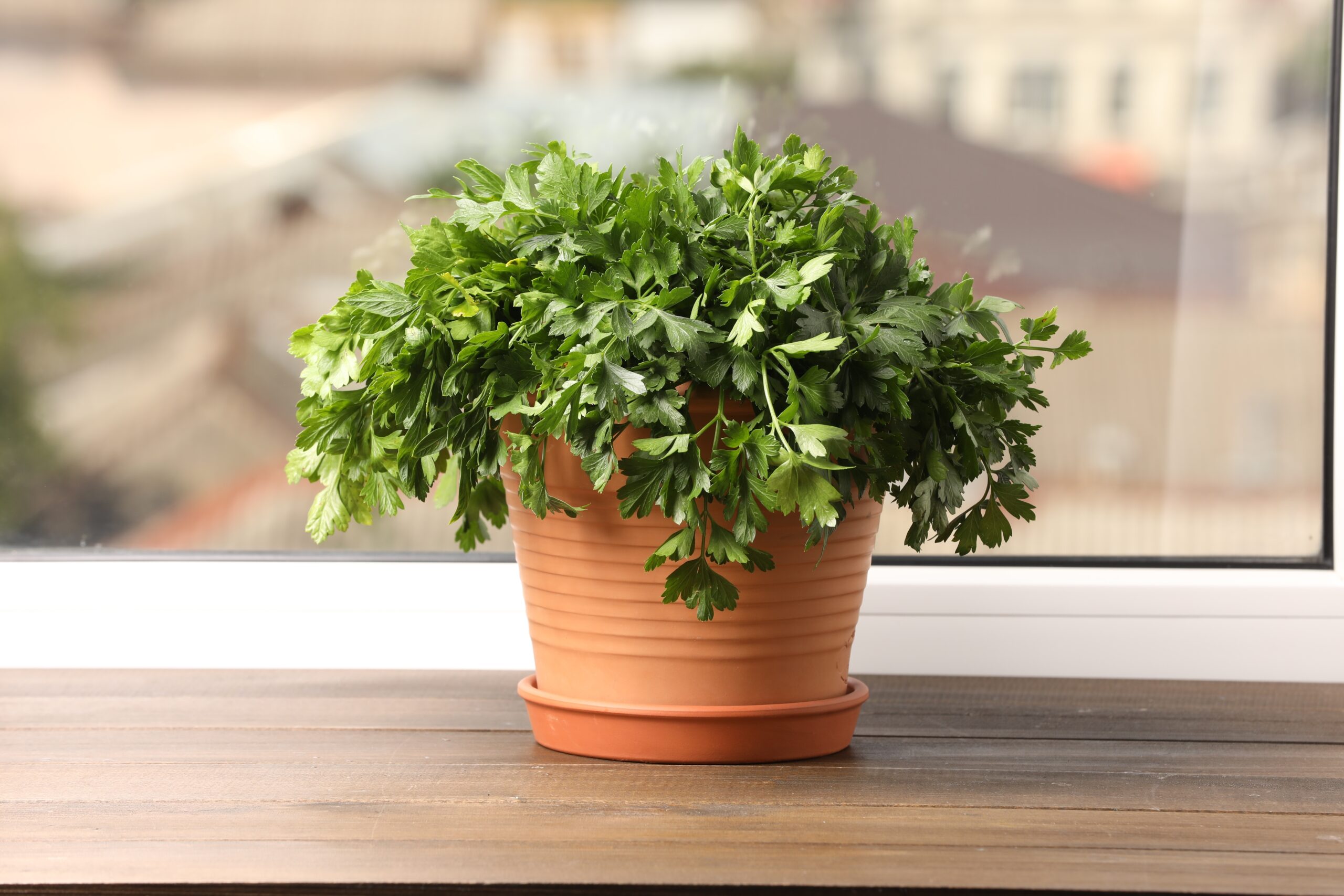
Parsley is a biennial herb that’s easy to grow indoors and offers a fresh, mild flavor that is used as garnish to enhance a wide variety of dishes. Beyond its culinary uses, parsley is rich in vitamins A and C, making it a nutritious addition to your meals. It’s easy to grow in the kitchen and can thrive even in low-light conditions. Sow parsley seeds in moist, well-drained soil, and place the pot in a spot that receives indirect sunlight. Water the plant regularly, keeping the soil evenly moist but not waterlogged. With proper care, you’ll have a steady supply of parsley to enhance your dishes.
Rosemary
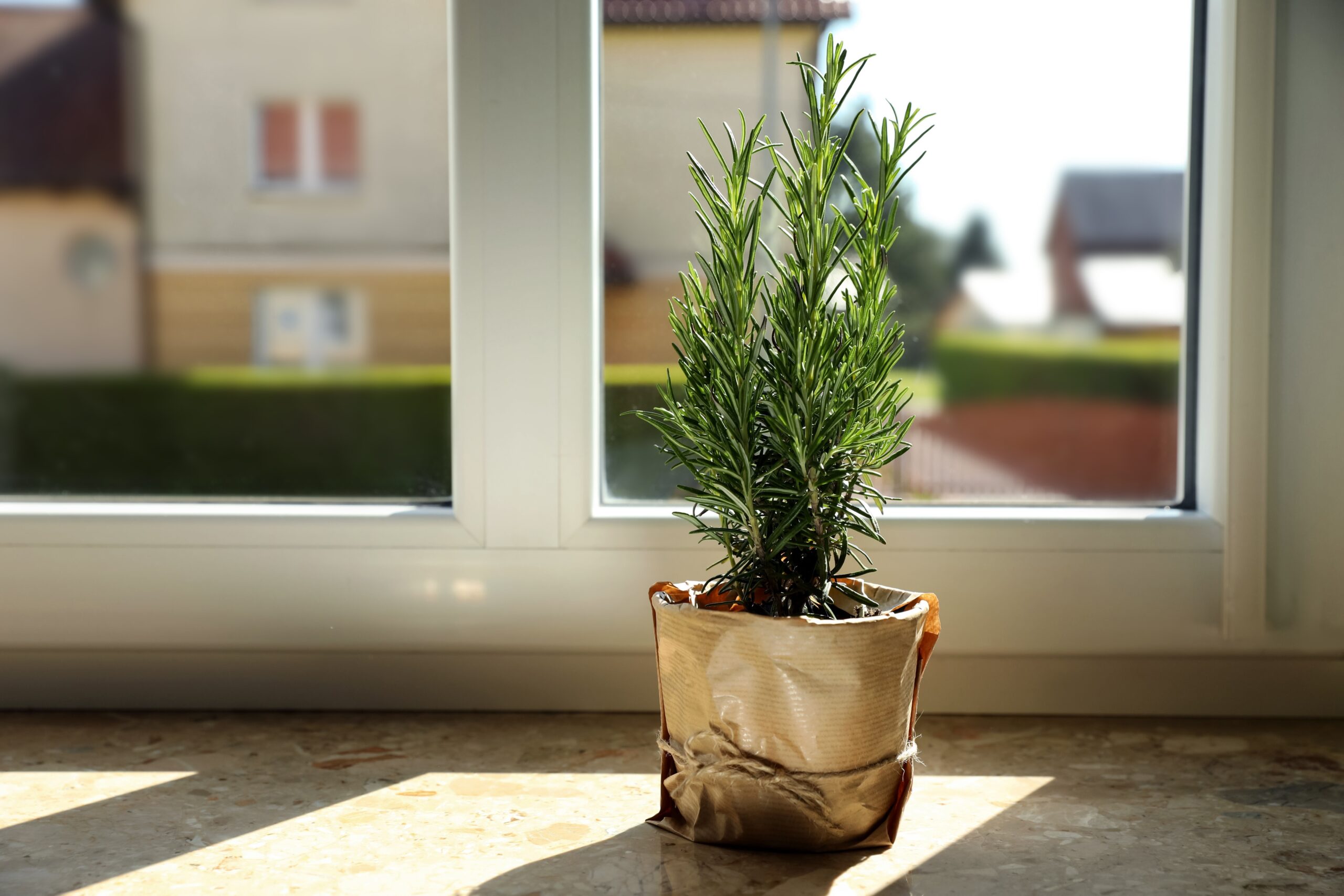
Rosemary is a fragrant herb with needle-like leaves that impart a piney, woody flavor to roasted meats and vegetables. It prefers a sunny location and can be grown from seeds or cuttings. Plant rosemary in well-draining soil and place it in a spot that gets at least 6 hours of sunlight daily. Allow the soil to dry out between waterings, as rosemary is drought-tolerant. Prune the plant regularly to maintain its shape and encourage new growth. With its robust flavor, fresh rosemary will quickly become a staple in your kitchen.
Thyme
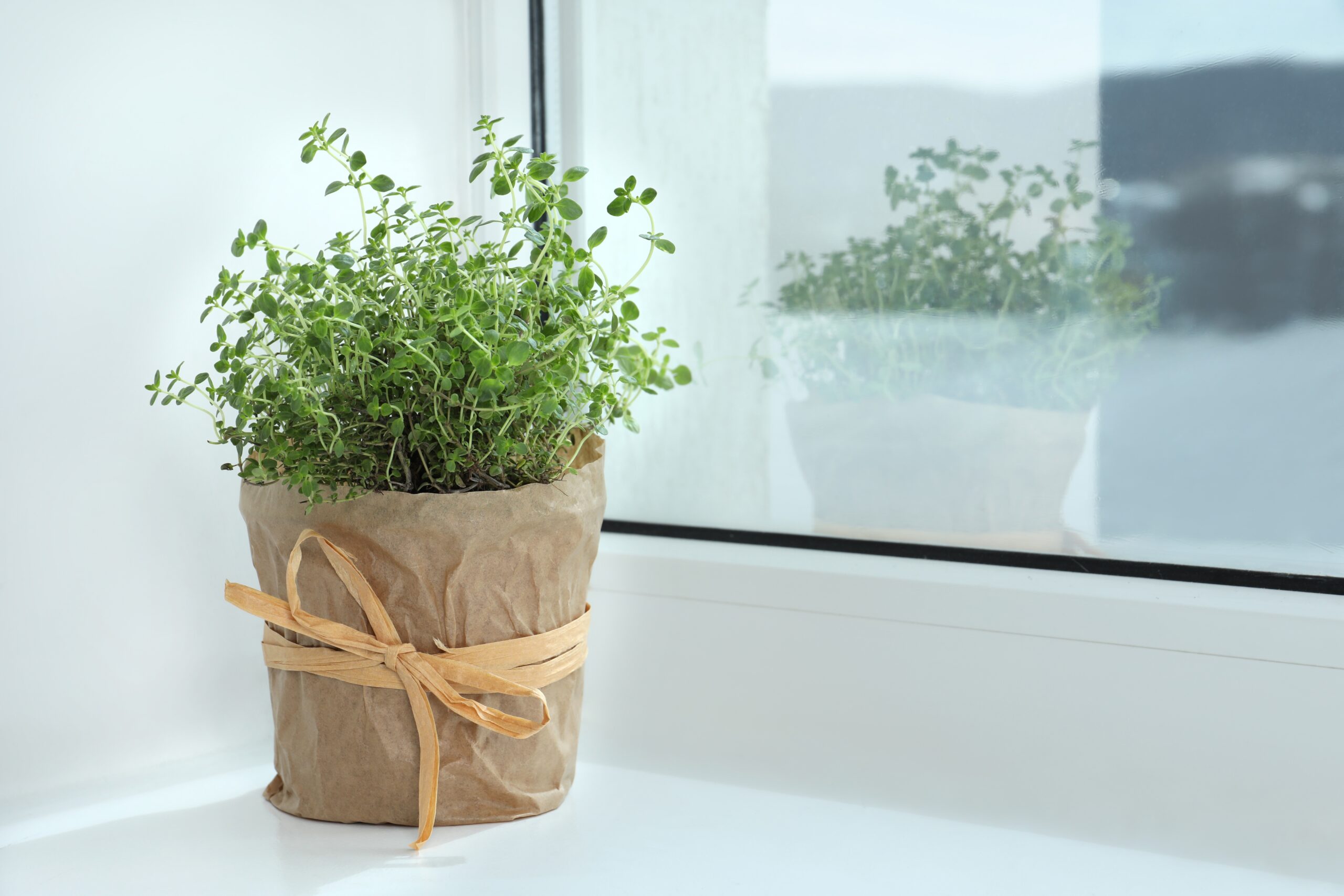
Thyme is a versatile herb that adds earthy, savory notes to a variety of dishes, including soups, stews, and roasted meats. This hardy plant thrives in well-drained soil and full sunlight. Sow thyme seeds or plant cuttings in a pot with sandy soil, and place it in a sunny spot. Water the plant sparingly, allowing the soil to dry out between waterings. With its low maintenance needs, thyme is an excellent herb for busy home cooks who want fresh flavors on hand.
Chives
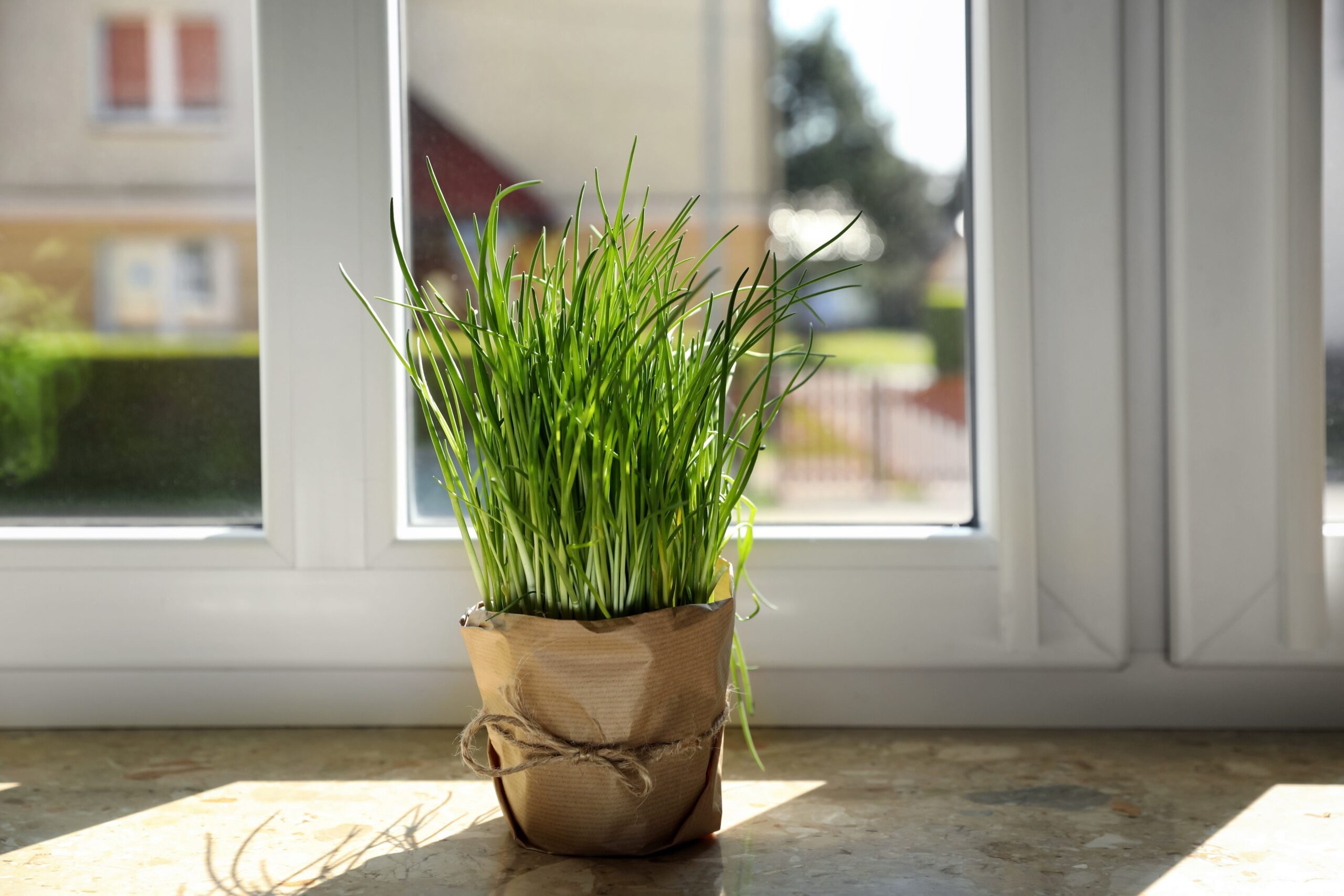
Chives are a member of the onion family, offering a mild, onion-like flavor that complements eggs, salads, and soups. They grow well in pots and can even be harvested year-round in the kitchen. To grow chives, plant seeds or bulbs in well-drained soil and place the pot in a sunny location. Water the plant regularly, ensuring the soil stays consistently moist. Snip the leaves as needed, and enjoy the fresh, delicate flavor of chives in your dishes.
Oregano
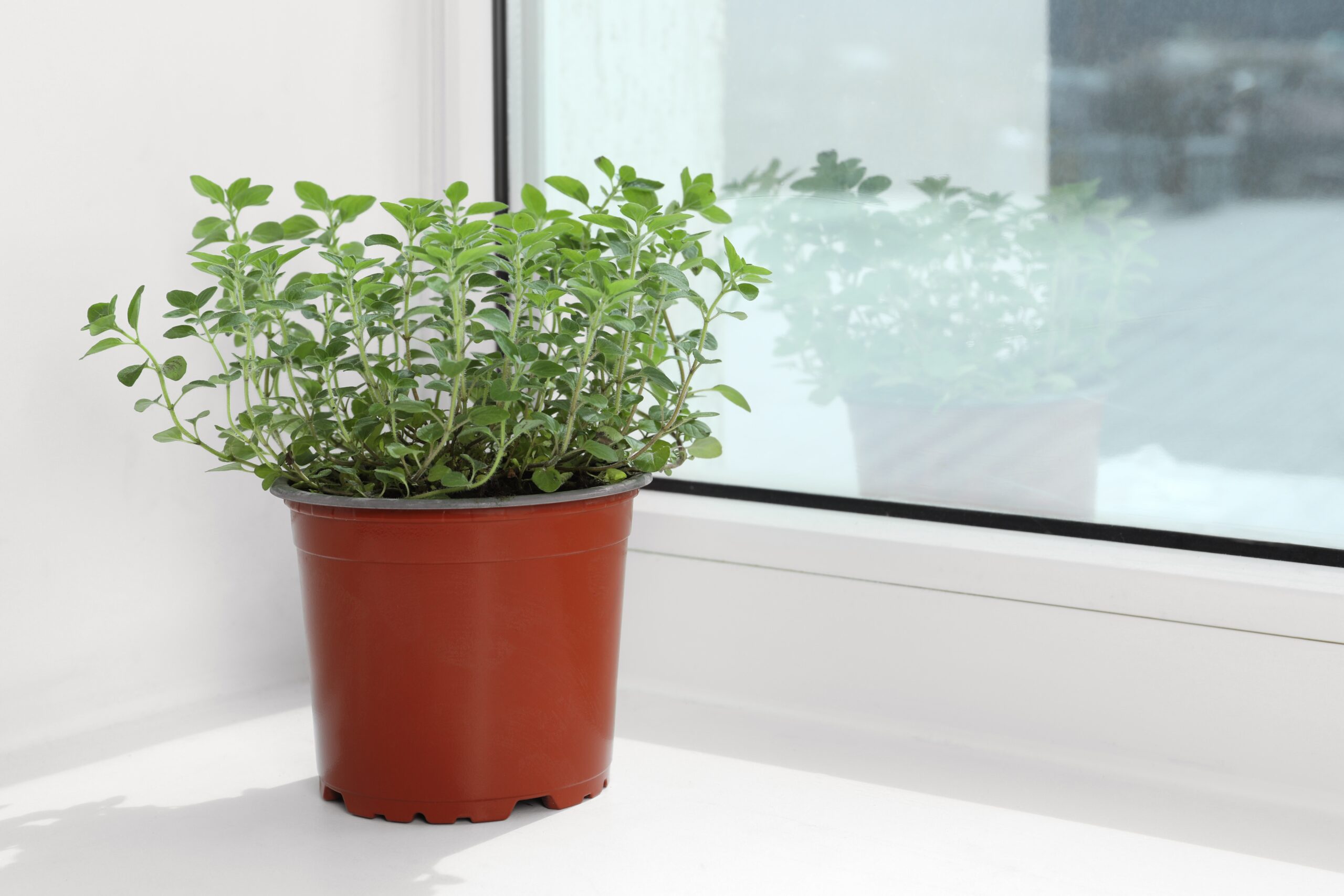
Oregano is a staple in Mediterranean cooking, known for its robust, slightly bitter flavor that pairs well with tomato-based dishes. This hardy herb thrives in warm, sunny conditions and can be easily grown in the kitchen. Plant oregano seeds or cuttings in well-draining soil and place the pot in a spot that receives plenty of sunlight. Water the plant moderately, allowing the soil to dry out between waterings. Regular pruning will encourage bushy growth, giving you a steady supply of fresh oregano for your culinary needs.
Cilantro
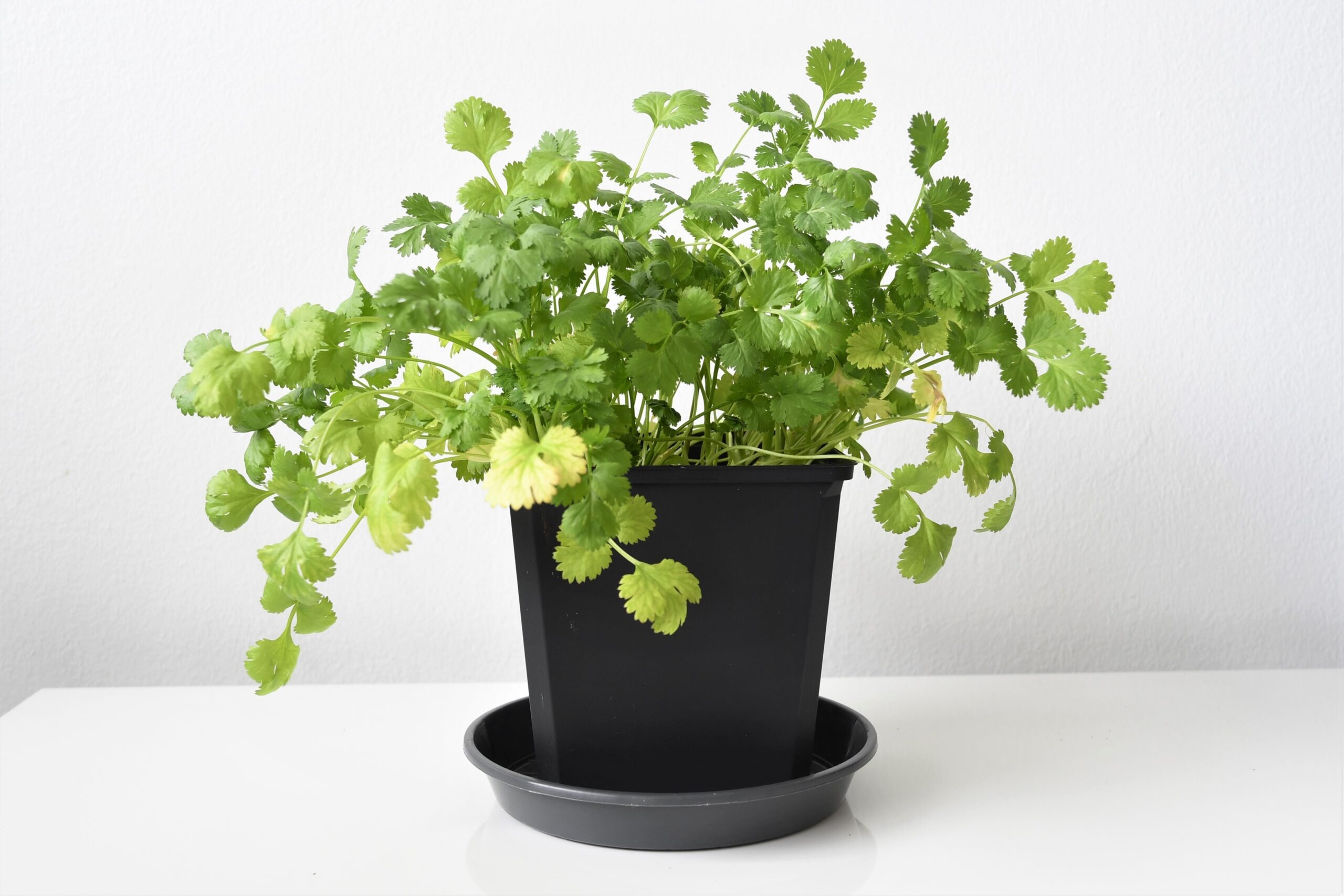
Cilantro is a popular herb in Mexican and Asian cuisines, known for its bright, citrusy flavor. It can be grown indoors but prefers cooler temperatures and indirect sunlight. Sow cilantro seeds in well-drained soil and place the pot in a location that receives partial sunlight. Water the plant regularly, keeping the soil consistently moist but not soggy. Harvest the leaves frequently to prevent the plant from bolting, ensuring a continuous supply of fresh cilantro for your recipes.
Dill
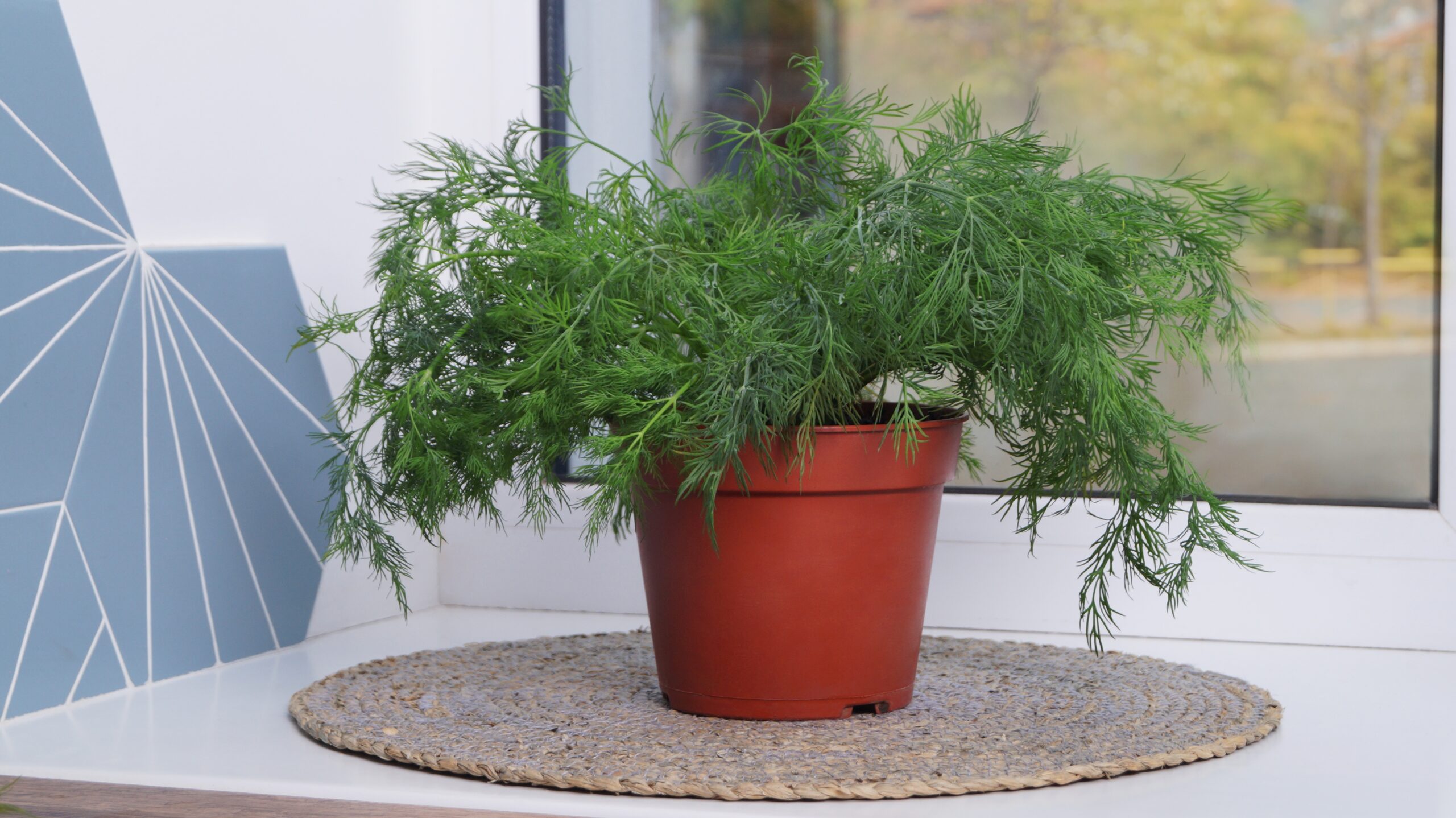
Dill is an aromatic herb with feathery leaves that add a fresh, tangy flavor to pickles, salads, and seafood dishes. It grows best in full sunlight and well-draining soil. To grow dill, sow seeds directly in the pot and place it in a sunny location. Water the plant regularly, ensuring the soil remains evenly moist. Harvest the leaves as needed, and enjoy the bright flavor of dill in your cooking.
Sage
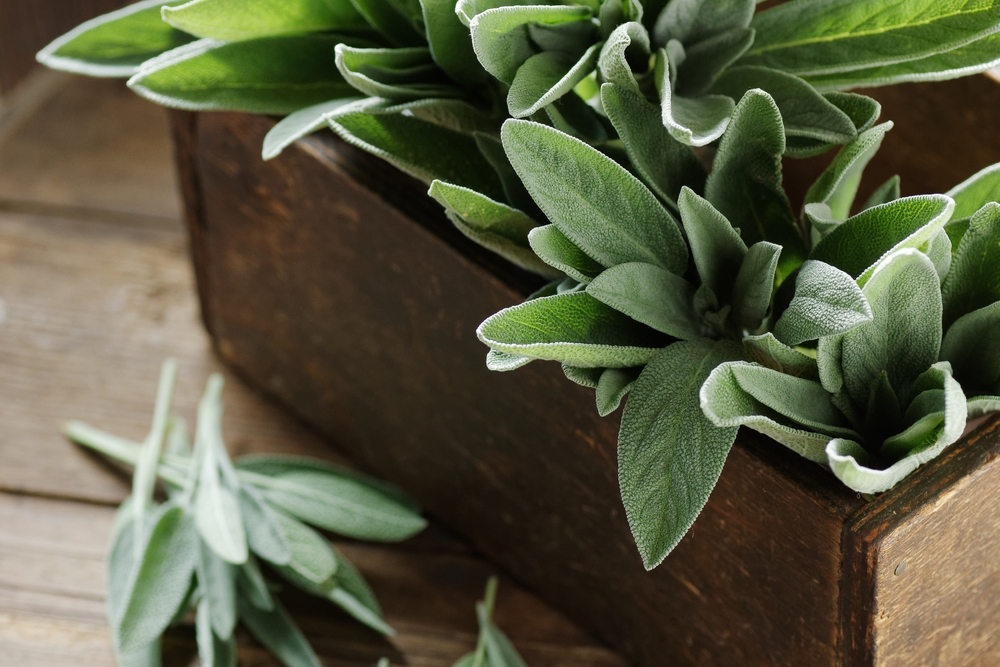
Sage is a fragrant herb with soft, gray-green leaves that add an earthy, slightly peppery flavor to poultry, stuffing, and pasta dishes. It grows well in well-draining soil and full sunlight. Plant sage seeds or cuttings in a pot and place it in a sunny spot. Water the plant moderately, allowing the soil to dry out between waterings. With minimal effort, you’ll have fresh sage ready to elevate your favorite dishes.
Tarragon
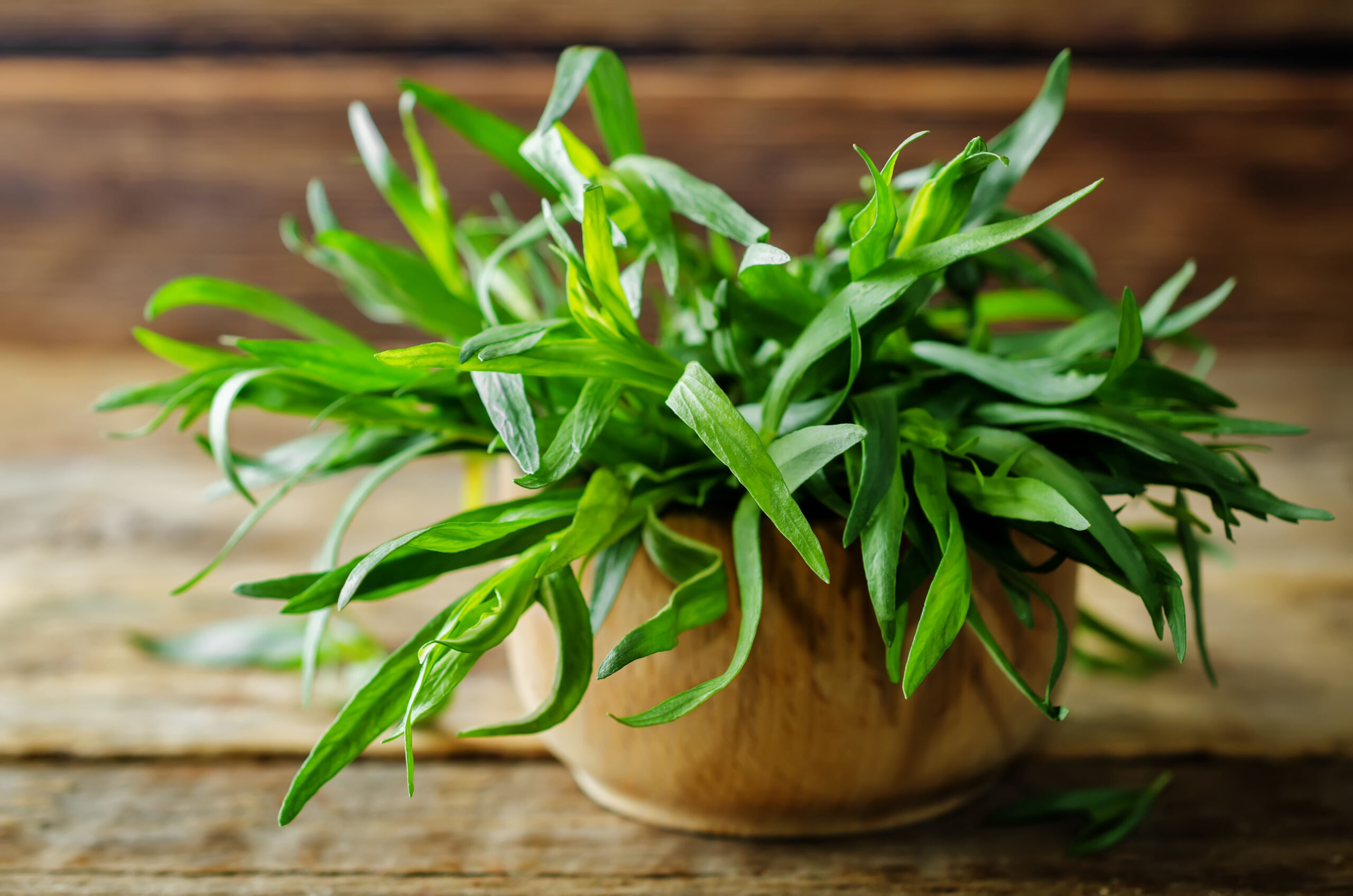
Tarragon is a lesser-known herb with a unique, slightly licorice-like flavor that pairs well with chicken, fish, and sauces. It prefers a sunny location and well-drained soil. To grow tarragon, plant cuttings in a pot and place it in a spot that gets plenty of sunlight. Water the plant sparingly, as tarragon is drought-tolerant. Prune the plant regularly to maintain its shape and encourage new growth. With its distinctive flavor, tarragon will quickly become a favorite in your kitchen.
Lemongrass
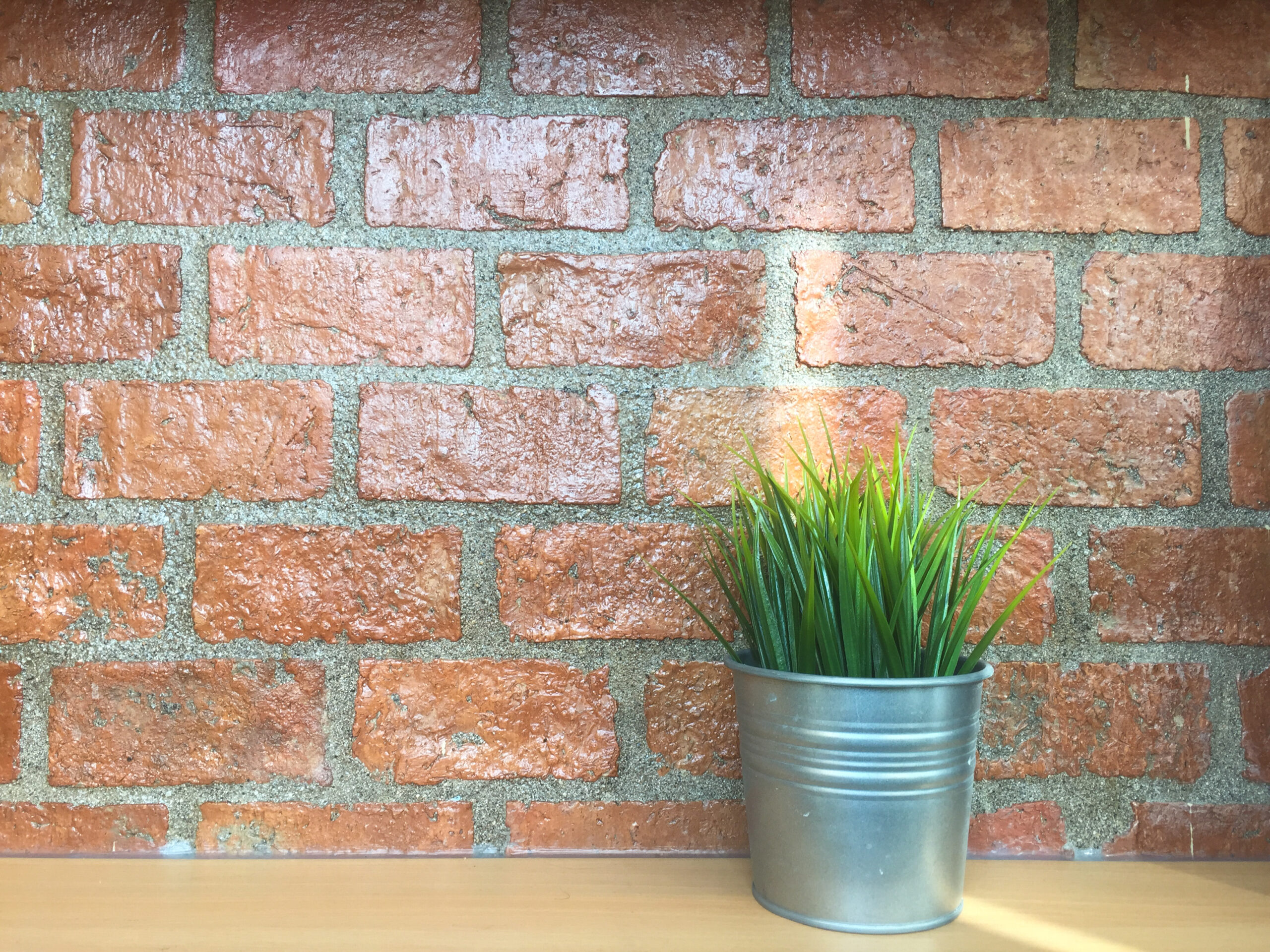
Lemongrass is a tropical herb with long, slender stalks that add a bright, citrusy flavor to Asian dishes. It grows best in warm, sunny conditions and can be grown from seeds or stalks. Plant lemongrass in well-drained soil and place the pot in a location that receives full sunlight. Water the plant regularly, keeping the soil moist but not waterlogged. Harvest the stalks as needed, and enjoy the fresh, vibrant flavor of lemongrass in your cooking.
Bay Laurel
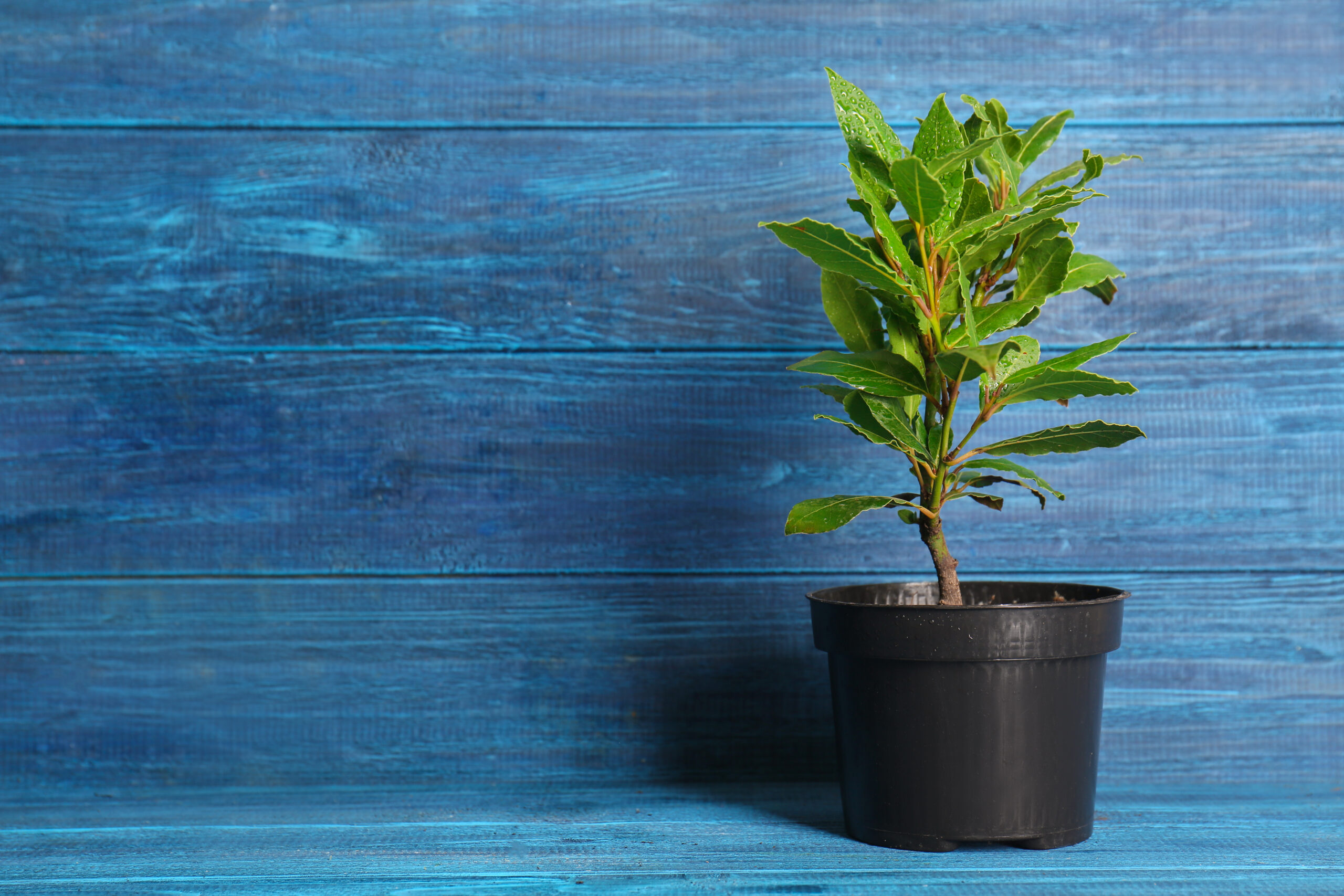
Bay laurel is an evergreen herb with glossy leaves that add a subtle, earthy flavor to soups, stews, and sauces. It grows well in pots and can thrive indoors with proper care. Plant bay laurel in well-draining soil and place the pot in a sunny spot. Water the plant regularly, allowing the soil to dry out between waterings. With its long-lasting leaves, bay laurel will provide a steady supply of flavor for your culinary creations.
Marjoram
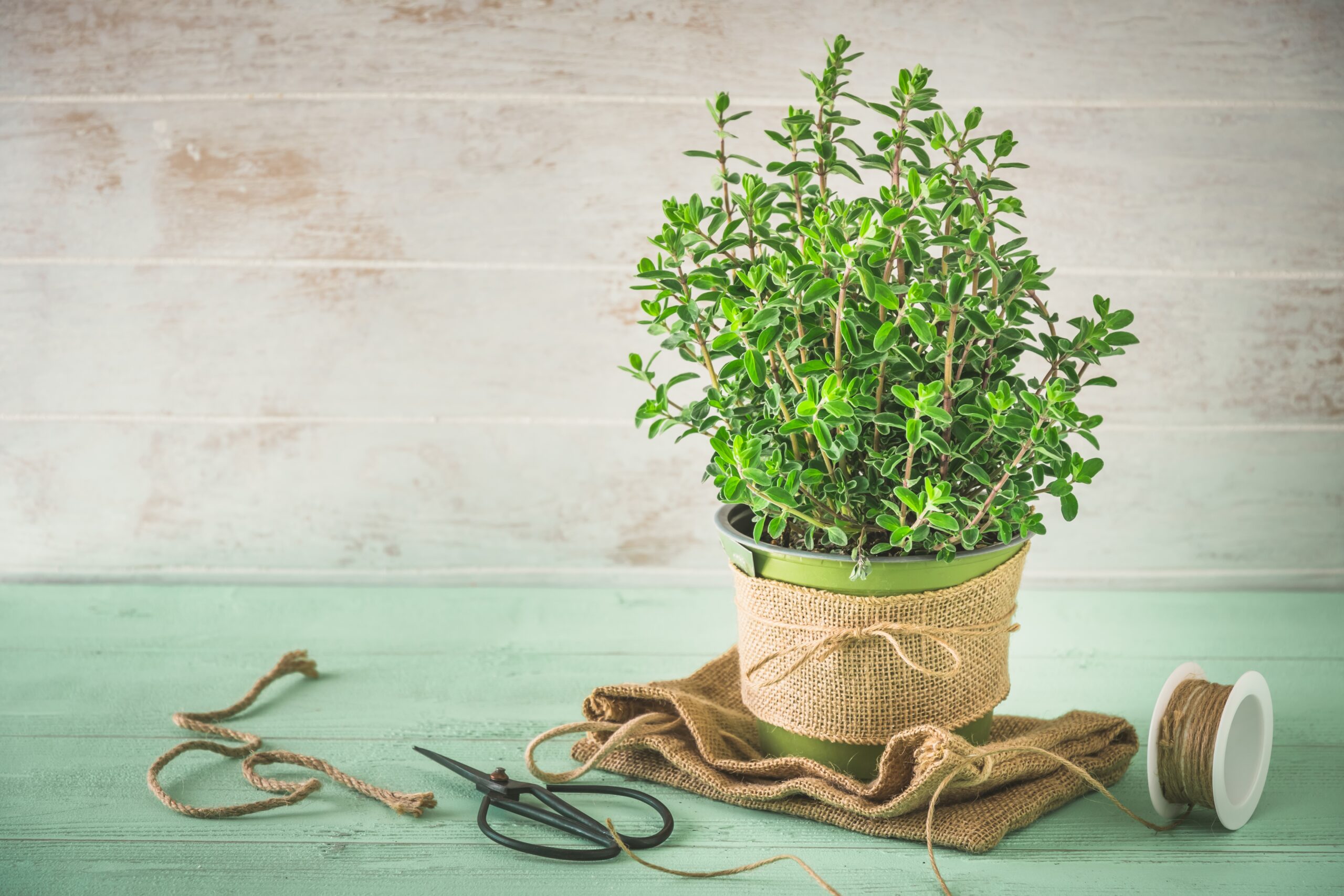
Marjoram is a close relative of oregano, with a milder, sweeter flavor that enhances soups, sauces, and salads. It grows well in well-draining soil and full sunlight. Plant marjoram seeds or cuttings in a pot and place it in a sunny location. Water the plant sparingly, allowing the soil to dry out between waterings. With its delicate flavor, marjoram will add a subtle touch to your dishes.
Chervil
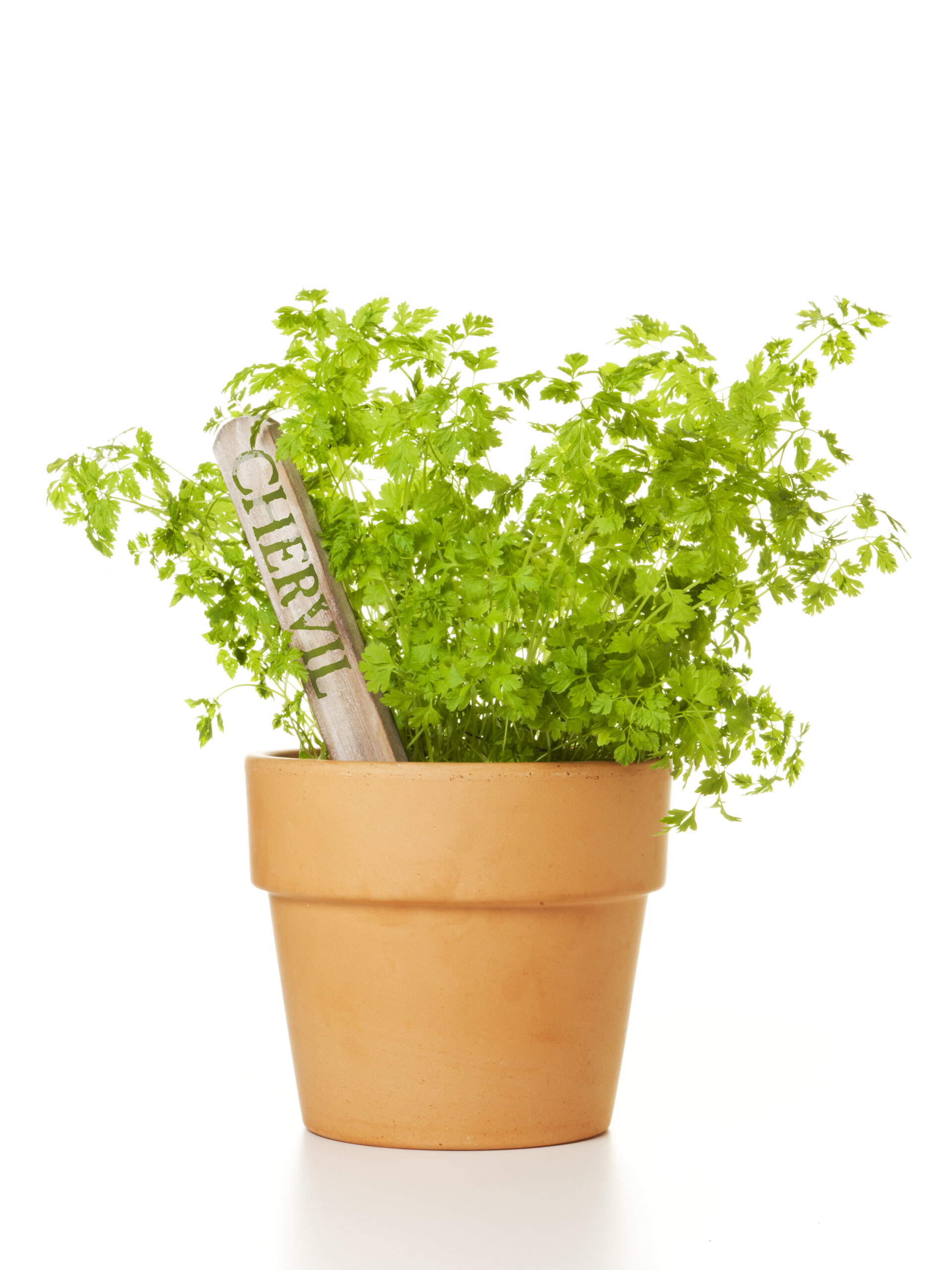
Chervil, also known as French Parsley, is a delicate herb with a subtle anise flavor, often used in French cuisine to season salads, eggs, and sauces. It prefers cool temperatures and indirect sunlight, making it ideal for indoor growth. Sow chervil seeds in well-drained soil and place the pot in a location that receives filtered light. Water the plant regularly, keeping the soil moist but not soggy. Harvest the leaves frequently, and enjoy the mild, aromatic flavor of chervil in your dishes.
Lavender
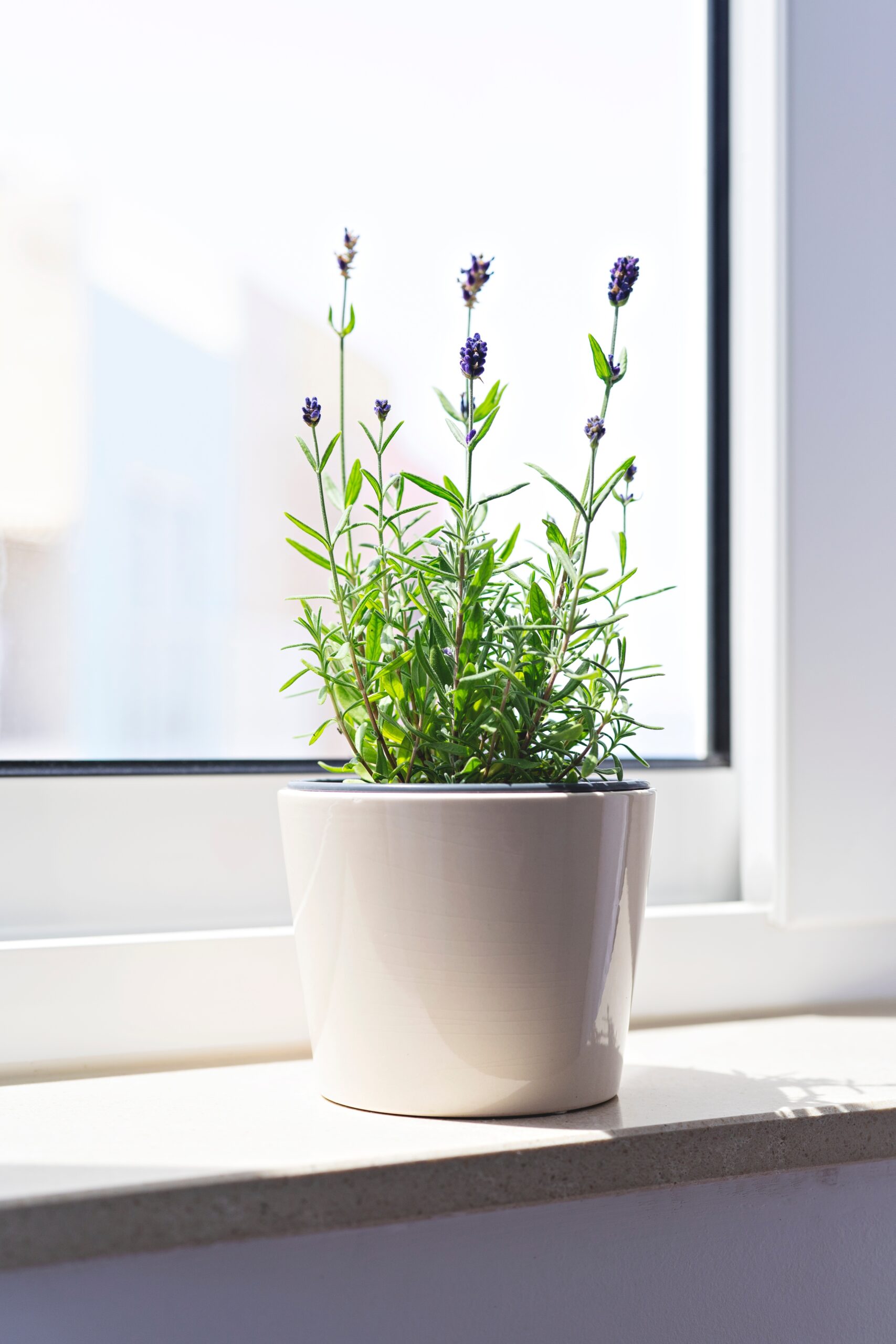
Lavender is a fragrant herb with a sweet, floral flavor that adds a unique touch to desserts, drinks, and savory dishes. It grows best in full sunlight and well-draining soil. Plant lavender seeds or cuttings in a pot and place it in a sunny spot. Water the plant sparingly, as lavender prefers dry conditions. With its beautiful flowers and soothing aroma, lavender will add both flavor and a touch of elegance to your kitchen.
This article originally appeared on RetailShout.
More From RetailShout
11 Oldest Seafood Restaurants in the US You Can’t Miss

Seafood has been a favorite in American cuisine for centuries, and some of the oldest seafood restaurants still stand as a testament to that love. These spots not only serve up fresh and delicious seafood but also carry rich histories that make dining there an unforgettable experience. Read More.
The 14 Ultimate Ranking of Trader Joe’s 2024 Boxed Mixes
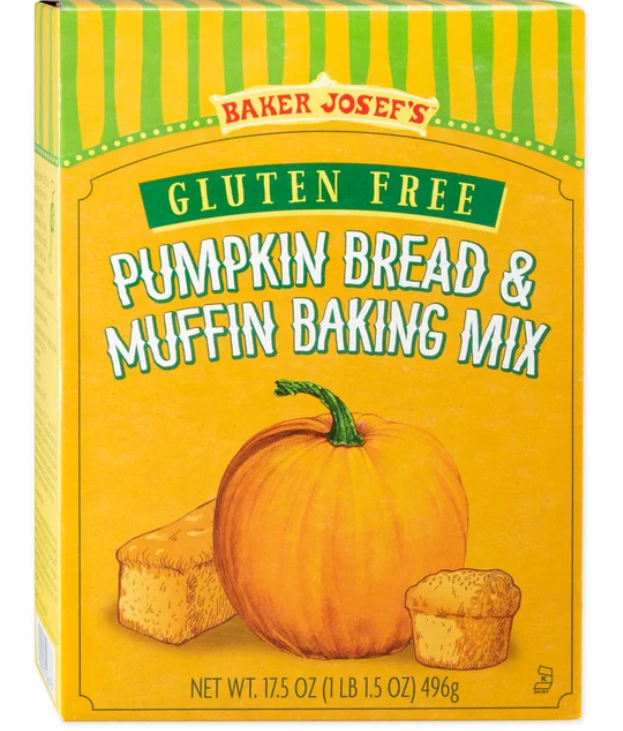
Let’s be real—life is busy, and sometimes we just need a little boxed magic to get a delicious treat on the table without breaking a sweat. Luckily, Trader Joe’s has our backs with their incredible (and sometimes quirky) array of boxed mixes. Read More.
14 Creative and Healthy Lunches Your Kids Will Look Forward To

Making sure your kids have healthy lunches is important for their growth and energy throughout the day. Here are 15 great options that are not only nutritious but also delicious and easy to prepare. Read More.


